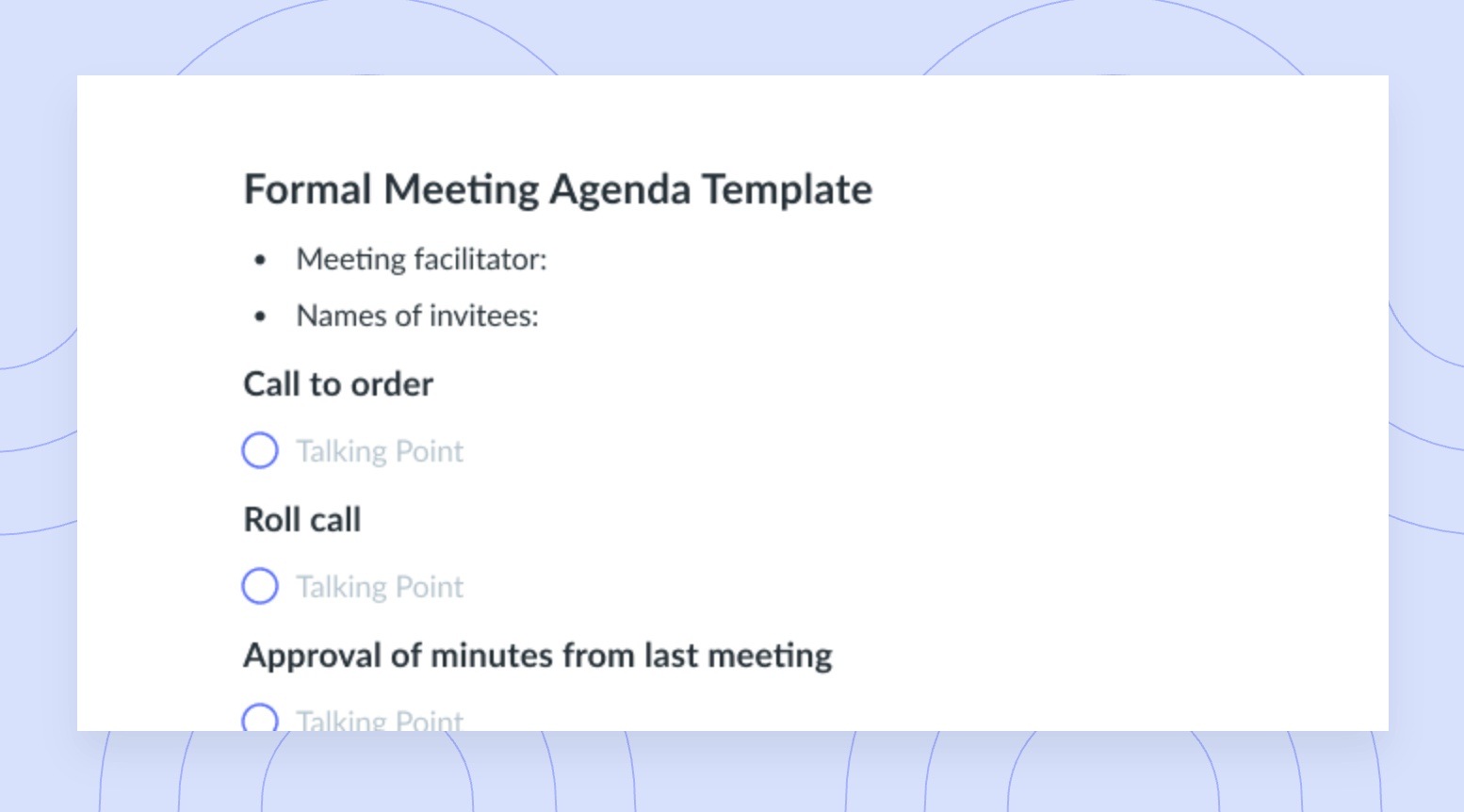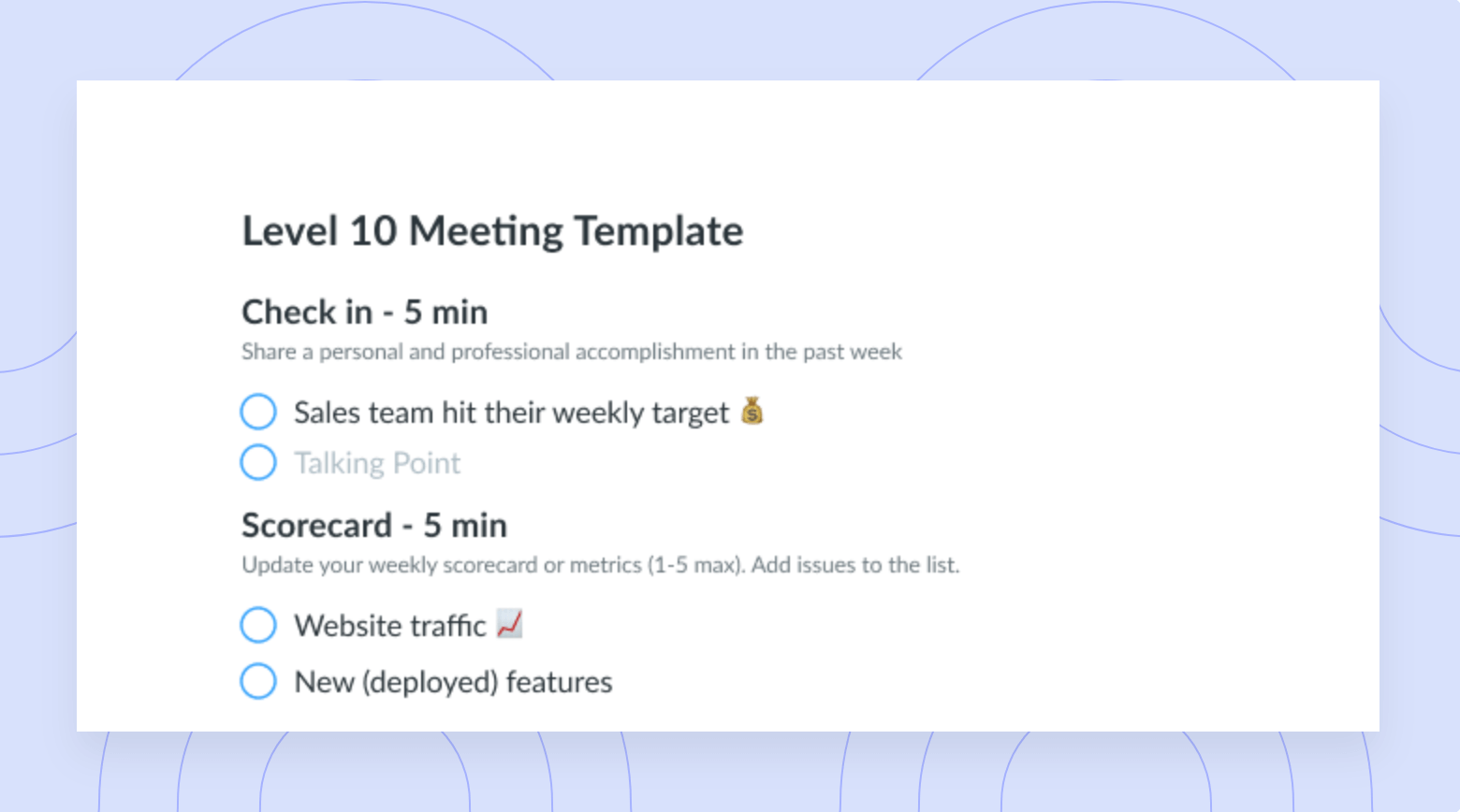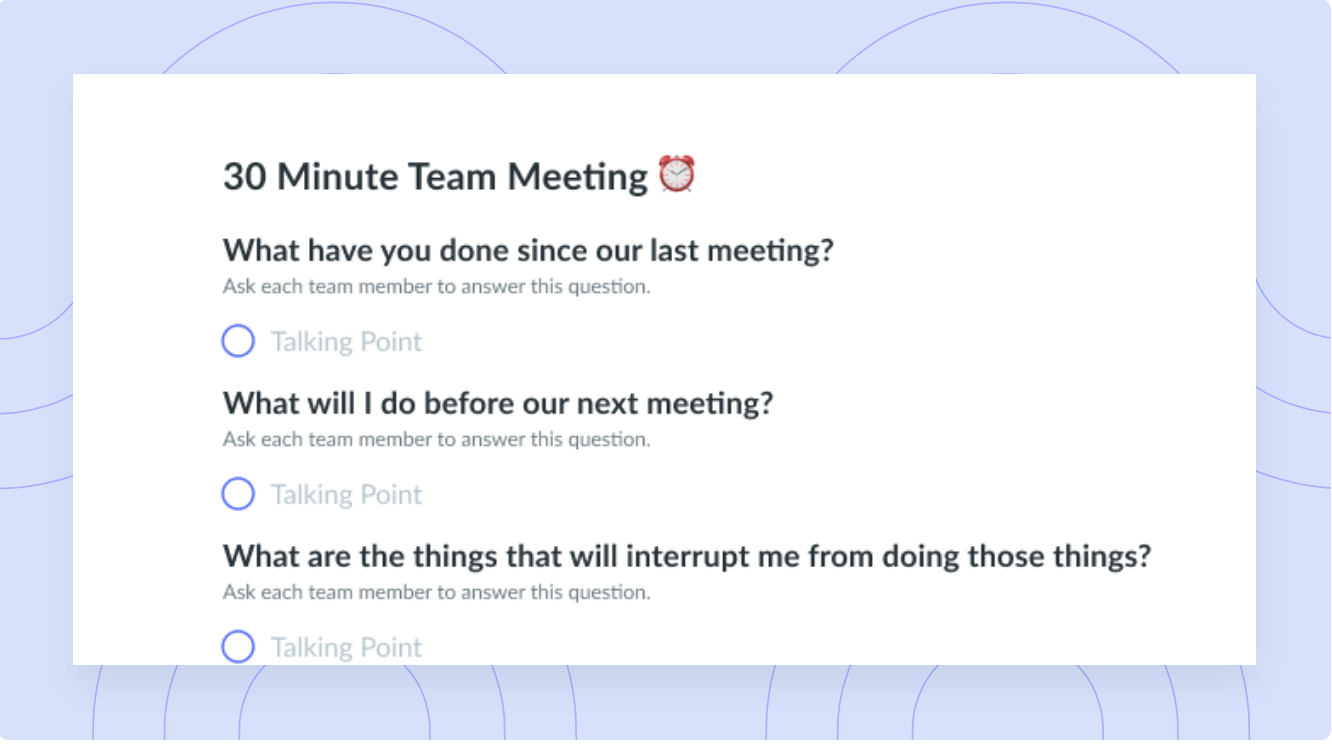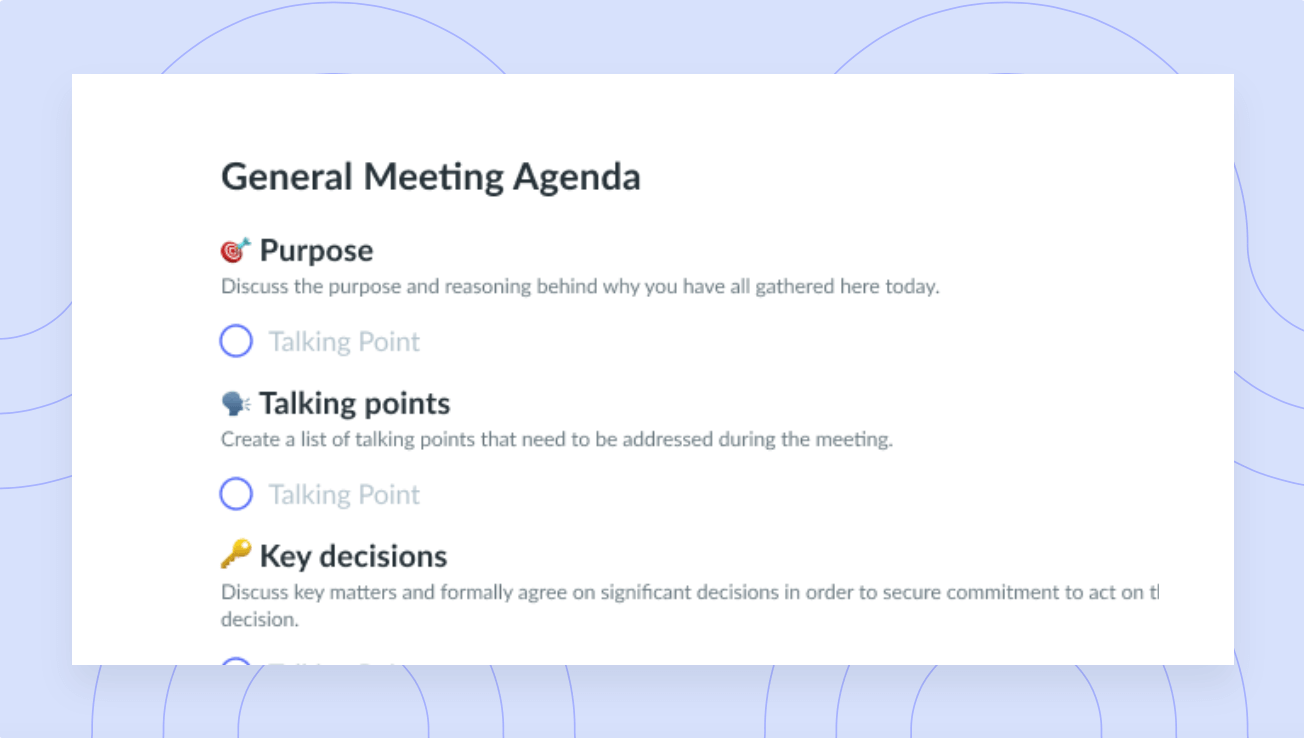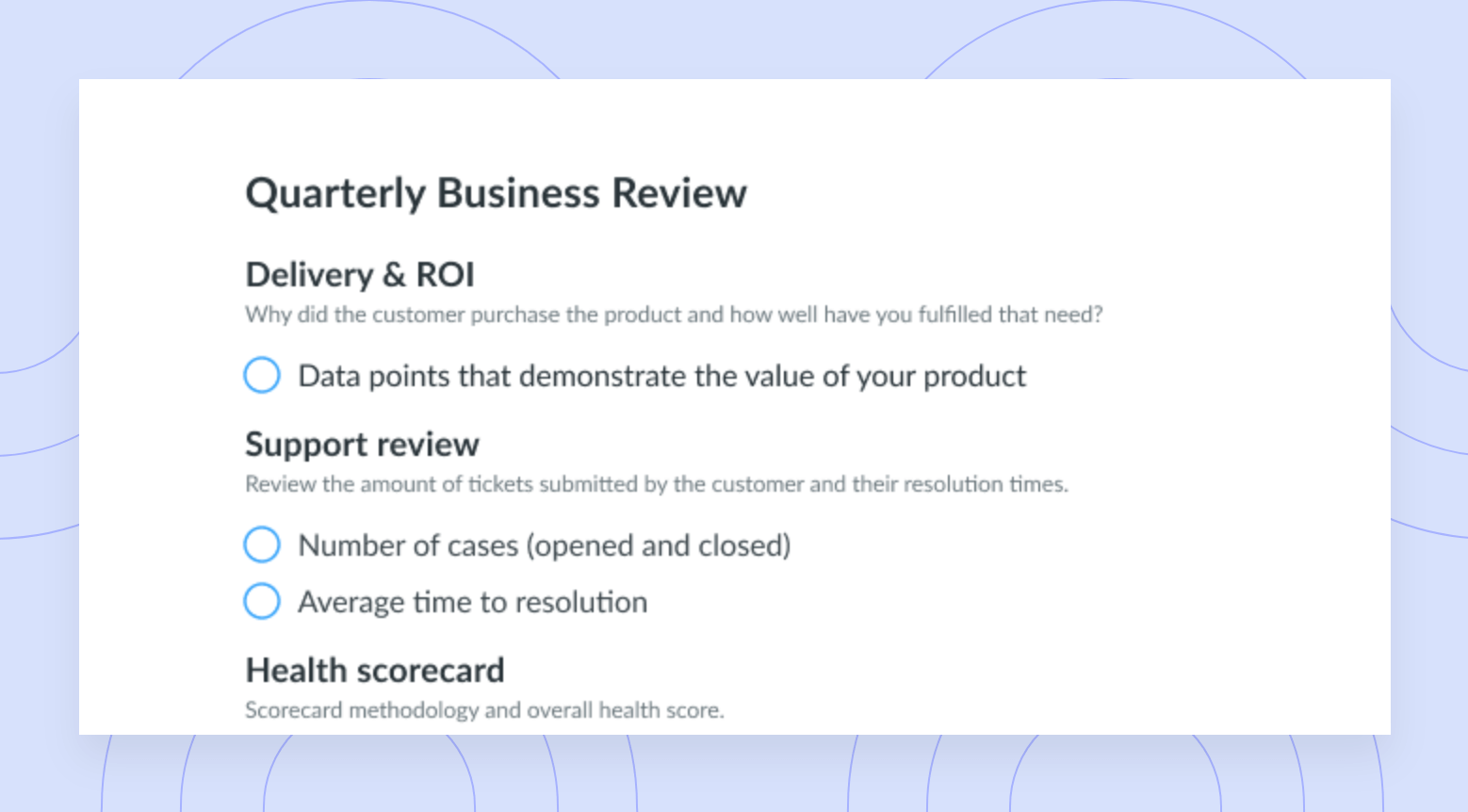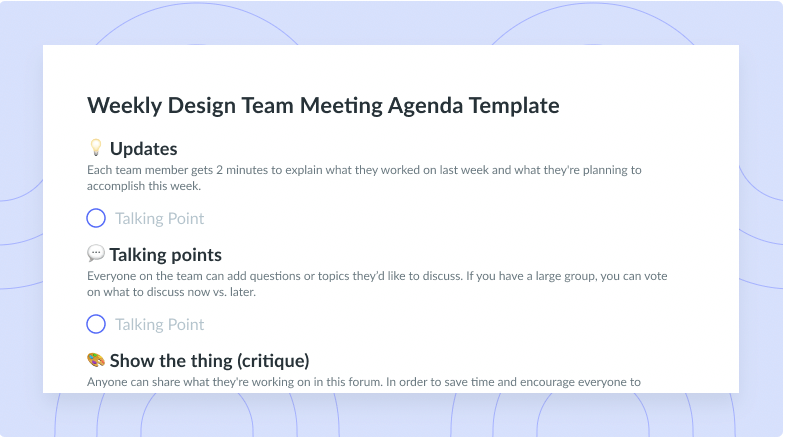Effective Remote Time Management: 11 Tips
Effective remote time management is possible—just follow these 11 tips to make the most of your time working remotely.
There’s a common misconception that remote workers are at home taking naps, watching Netflix, or running errands. This simply isn’t the case.
Having a team of remote employees brings a long list of benefits to organizations of all shapes and sizes. And just like in-office employees, remote teams can sometimes struggle with time management.
We break down 11 tips for remote time management and how a tool like Fellow can help!
- The importance of remote time management
- Challenges of remote time management
- 11 effective remote time management tips
The importance of remote time management
Knowing the best way to manage your time when working remotely is imperative to remaining productive and efficient. Having this information gives remote workers flexibility and autonomy without causing them to stress about factors associated with going into an office, like traffic, parking, and fuel prices.
If employees don’t know how to manage their time in a remote environment, they can experience stressful conditions, feel isolated, and struggle to master a work-life balance. Taking control of how your work day is set up while going through daily tasks and responsibilities within a home office (or a coffee shop!) is crucial for effective time management.
Challenges of remote time management
There are a ton of advantages to working remotely, but without mastering remote time management, you’ll likely:
- Experience poor work-life balance because the lines between work and leisure become blurred
- Feel pressure to always be online to answer emails or direct messages
- Struggle to set boundaries within your work day that others may take advantage of, whether intentionally or unintentionally
- Wonder if you’re making good use of your work time if you’re not able to directly seek feedback and transparency from colleagues or team leaders
- Find yourself working longer hours with fewer breaks over time

Run efficient meetings, come to a decision, and get back to work
Level up your meeting habits to boost engagement and productivity with a collaborative meeting agenda. Try a tool like Fellow!

11 effective remote time management tips
If you’re new to remote work and unsure how to approach time management or have been working remotely for years but feel your productivity slipping, here are 11 effective remote time management tips to implement.
- Create a designated workspace
- Use a productivity app
- Time block your calendar
- Find your most productive time
- Prepare for meetings
- Schedule breaks into your day
- Learn how to say no
- Limit distractions
- Follow deadlines and timelines
- Use a calendar management tool
- Track your time
1Create a designated workspace
If your home allows you to do so, creating a designated workspace in which you’ll spend your working hours can be helpful. This space should be separate from where you spend your time outside of work.
Having a designated space for work tasks makes it easier to enter a working mindset as soon as you walk into this space. If you don’t have a room at home for such a space, don’t fret! If your desk is in the corner of a living room, you can still do this by turning off your work computer or placing it out of sight after work. You can also consider visiting dedicated coworking areas, libraries, or coffee shops.
2Use a productivity app
If you’re struggling to feel like you’re getting anything accomplished, consider using productivity software, like Fellow. Productivity tools are designed to help you track projects, remain organized, and remember when it’s time to take a break.
Productivity apps can also take your standard workflow and kick things up a notch. For instance, when using the Fellow Chrome extension, you can turn regular meetings into supercharged meetings! The extension makes it easy to access your meeting notes from Google Meet calls and your Google Calendar to elevate team meetings and one-on-ones.
3Time block your calendar
Another expert tip is to time block your calendar, a method where you organize your work day into specific blocks of time. Each block should be dedicated to completing a particular task and remaining focused until the block is over. This concrete schedule can help you prioritize your workload and create your list of tasks in advance.
For example, if you have a role that requires you to be creative, you may find over time that you prefer to do creative tasks—like content writing or design work—in the morning. This could mean you block your workdays from 9 am until 11 am with these tasks. Or if you have a sales role and prefer to follow up on emails while you enjoy your morning coffee, you could time block workdays from 8 am until 9:30 am as “email catch up.”
Time blocking is most efficient when you make it work for you, how you like to work, and the deadlines you have approaching. This way, you know what’s coming up, what needs adjusting, and what needs to get done.
4Find your most productive time
Going hand-in-hand with time blocking your calendar is knowing when you’re at your most productive. Maybe you feel like you operate at peak efficiency before lunch. So when tasks come your way that requires you to be as efficient and productive as possible, you know you want to tackle these projects in the morning hours.
Remember that your most productive time may vary depending on the task! But knowing when you feel your most productive for the types of tasks that cross your desk will make it easier to time block and fly through your to-do list.
5Prepare for meetings
Being prepared for meetings is a must when working on a remote team. When remote teams are armed with Fellow in their tech stack, having productive team meetings, meaningful one-on-ones, working from collaborative meeting agendas, and recording decisions and action items become the standard for every meeting.
With over 500 meeting agenda templates to choose from—for everything from weekly team meetings to board meetings and legal meetings—Fellow ensures that all attendees feel prepared before joining meetings.
6Schedule breaks into your day
Remote workers risk burning out if they don’t take enough breaks throughout the work day. Remember that remote time management isn’t about doing as much as possible during your set working hours, but knowing how to get the most out of your team to feel the most productive.
If you struggle with taking breaks throughout the day, schedule them! Whether they’re 30 to 60—minute lunch breaks or “microbreaks” for just five minutes, taking this time away from the desk is a must.
Make taking these breaks part of your daily routine and add them to your time-blocked schedule. For example, you could place a time block of “10 – 10:15 am: walk the dog” or “12 – 12:30 pm: lunch break!” on your calendar so that not only are you reminded of these breaks, but also so that others don’t add meetings to your calendar during this time.
7Learn how to say no
Everyone wants to be a team player, which is why sometimes saying “no” at work can be uncomfortable and difficult. But learning how to say “no” at work can save you from feeling overwhelmed, overly stressed, and like there isn’t enough time in the day to get everything done.
Unsure how to say no to coworkers and managers without coming off as if you don’t care about the common goal or mission? Try doing so like:
- “Unfortunately, I have too much to do today. I can help you another time.”
- “I’m not comfortable doing that task. Is there anything else I can help you with?”
- “The timing right now isn’t great, as I currently have a lot on my plate. Can you keep me in mind for next time?”
- “Sorry, I have already committed to something else that needs to get done today. I hope you understand!”
8Limit distractions
Working remotely often means more distractions. On top of the usual ones (like new emails and direct messages), it’s easier to get distracted by personal text messages and phone calls, the desire to browse social media, and even those you live with, like family members, pets, and roommates.
Do your best to limit these distractions by finding ways that work best for you. Maybe you start by putting your personal cell phone in another room, closing your personal email, or simply closing the door to your office. When transitioning to your deep work time, you may also want to mute notifications and emails by switching your work apps to Do Not Disturb.
9Follow deadlines and timelines
Another great tip for managing your time as you work remotely is to set and follow deadlines and timelines. When making to-do lists for the day, week, or month, include an estimate for how long various tasks or items should take you to finish them. From there, establish deadlines for each task.
This can also help you ensure you’re not spending too long on a task, and if you are, you have the time to readjust or move things around to stay on track.
10Use a calendar management tool
Several resources can boost productivity and time management when working remotely; one is a calendar management tool! Calendar apps are excellent for organizing activities and tasks, business or team meetings, and social events.
Not sure which calendar app to choose? Consider Fellow! Not only can it help host productive virtual team meetings with a ton of agenda templates, but it has everything remote (and hybrid!) teams need to stay on track and organized. Get started by integrating Fellow with your Google or Outlook calendar to transport your meeting notes directly to calendar events, so nothing falls through the cracks.
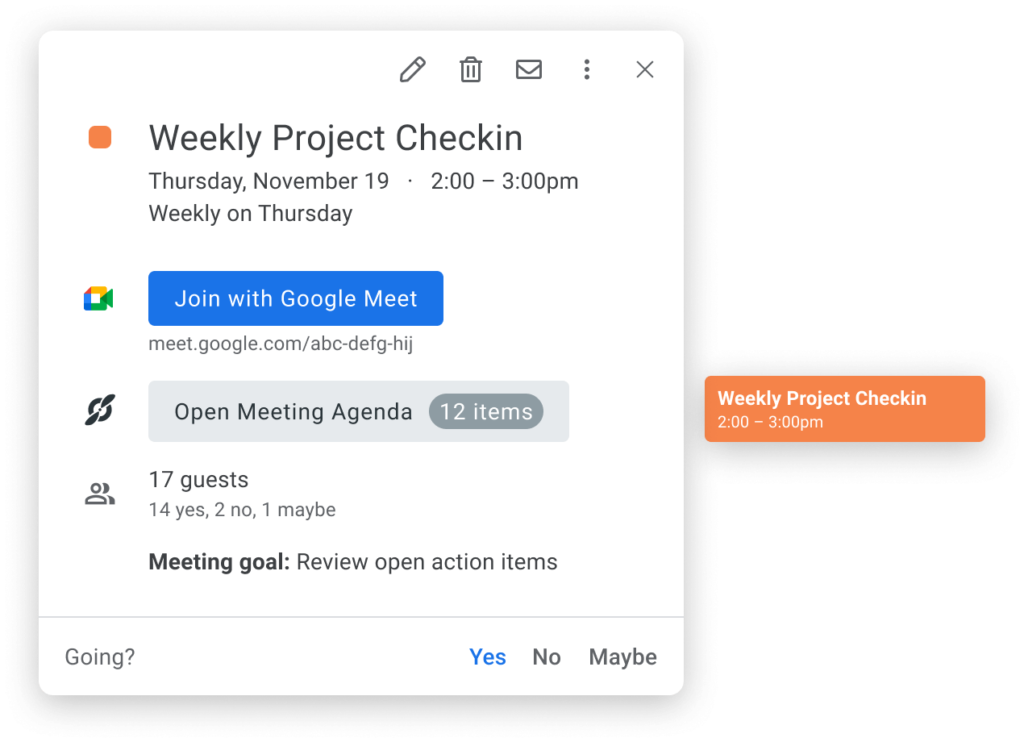
11Track your time
Finally, consider tracking your time, which helps you understand how long different tasks take, highlight inefficiencies and distractions, and improve your processes. It can also be helpful to use a meeting timer app, like Fellow. All Fellow agendas have a meeting timer in the top left corner to keep you on track and improve your meetings. Using a meeting timer app will also help keep the conversation on topic, make it easier to know how much time is left so you avoid going over time, and encourage inclusivity.

Make remote work for you
Knowing how to manage your time as a remote worker can be challenging, but once you implement these 11 tips, you’ll see an improvement in your productivity levels! And whether you’re a hybrid worker or a full-time remote employee, take advantage of what a tool like Fellow can do to amplify remote meetings!











